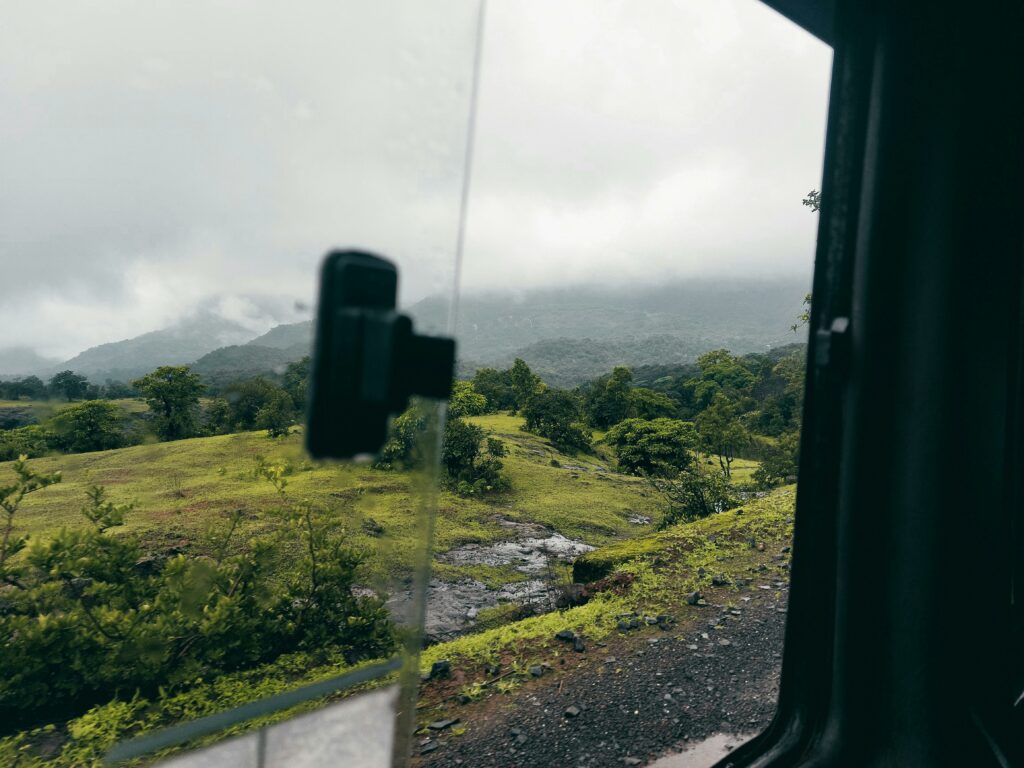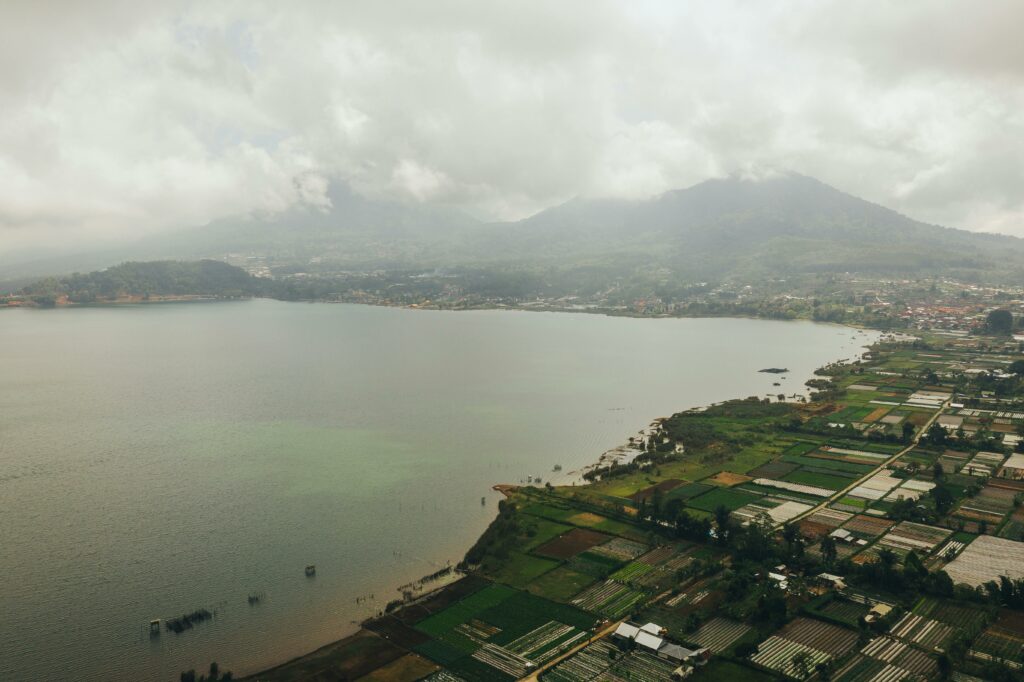As I move through teaching and learning, learning to teach and teaching to learn, I have noticed a resonance between the First People’s Principles of Learning generalized and collected by FNESC and BCTC’s Professional Standards. Namely, the Principles of Learning and the Professional Standards have a reciprocal relationship, with standards supported by the principles, and the principles discernible within the standards.
As such, I herein want to tease out and talk about the resonance and relationship between the principles and standards. When I had the hunch that they related to each other perhaps in ways I could only learn by exploring them together more deeply, I wondered why, and where do these principles and standards intersect? Does this matter?

Photo from Pexels by Jesús Mirón García
I believe it does matter. There is a responsibility to know, explore, and shape the relationship between settler colonial society and it’s institutions, and the Indigenous culture and people of North America. Under the calls to action, to bring truth and reconciliation, understanding needs to grow. Through curiosity, care, sharing, and respectful exploration, because of the past and for the future, we need to explore the spaces where our worlds and worldviews meet.
In the context of education, exploring how Indigenous and non-Indigenous frameworks intersect each other, with particular attention to how they interact in that intersection, may instill curiosity, provide perspective, and spur growth. As I take my point of view to examine where the FNESC principle and BCTC standards meet, I wonder specifically what kinds of assumptions about power, goodness, and consequences underlie each–though I don’t try to articulate answers yet.
Another reason I believe exploring these intersections matters is change. Educators know and believe in their charge to coach each child in the practices of the educated citizen. An individual capable of autonomy, interdependence, community, growth and healthy living (among other characteristics), this citizen is intended to be successful according to societal and personal standards thanks to insight about their abilities and the world. Here is where I think the challenge comes in–as if the order wasn’t tall already! The world is always changing.

Photo from Pexels by Johann Piber
The word is always changing so, today’s learning has to carry learners into an unforeseeable future. This has always been true (for everyday today that has now become tomorrow). Thus, though learning is grounded in context, competencies need to transcend moments and places, and move with the learner into uncharted space-time. Within the more fixed settler-colonial frameworks, which historically demand conformity for efficiency, and prune away wild things, are we preparing learners to be educated citizens for the actual future, or the projected one? Or maybe only the desired one? I think that, as technology, the environment, and our economic, social, and political landscapes change, the principles of Indigenous Peoples who have lived on the land since time immemorial, may guide us to paths forward that we don’t clearly see with our settler-colonial worldview.

Photo from Pexels by Keith Lobo
Already, curriculum is shifting to focus on the acquisition of competencies over the acquisition of informational knowledge. This shift towards inclusivity might be considered the culmination of the work of marginalized groups who noticed the dynamics of power that influenced the education system. Would it not make sense to explore our world through their worldview, as best we can, as a possible way to gain insight in how to move forward?
So, where do the principles and standards intersect? As is often the case in western scientific thinking, and as psychology suggest, is also the habit of the human mind, my initial exploration of the two in tandem involved a comparison. What was similar between principles and standards? What was different? Here is what I found, with my limited point of view, and particular skills sets and biases.

Photo from Pexels by Sean Patrick
Most apparently, the two vary in their purpose. Though the terms principles and standards can in some context be substituted for each other, that is not the case for these two sets of lists. Standard is more synonymous to expectation in the case of the Professional Standards, while principle is more synonymous to truth in the case of the First People’s Principles. Moreover, the organizations that produced each list also vary in their purpose somewhat. While a commonality between FNESC and BCTF is the importance of supporting students in their educations, BCTF’s main focus is teacher support, while FNESC is First Nation student support. Thus, the focus of the standards on explicating the expected behaviours of a professional educator versus the focus of the principles on identifying core ideas about learning according to Indigenous understandings of it.
Thus, some obvious differences between the standards and principles are who the active agents, or power holders are, according to who does what for whom.
Learners are not at the centre of action, nor are they the centre of the standards. In Standard 1, “Educators value the success of all students” and “care for students and act in their best interest”. The educator can act for the student, professionally, by valuing and caring.
In the principles, as captured in their name, the focus is on learning, with each sentence starting with that same introductory word. As such, there is some decoding to be done when considering how the principles might guide educator behaviour and choice. Additionally, the standards are not designed for the learner’s use, unless this learner is a professional educator or aspiring to be a professional educator. Conversely, there is not much to be gleaned about what learning is like from the standards.

Photo from Pexels by Yasemin Gunes
Ultimately, the purpose of the BCTF is to spell out the minimum standards necessary for an educator to be considered a professional by the organization. Meanwhile, the purpose of the FPPL is to provide an authentic indigenous view on what learning is. Here, the principles have the advantage of being understood in broader contexts, while the specificity of the standards to the behaviours of professional educators fixes them in a particular frame.
Where the two overlap, then, is all around learning, where the teacher’s ultimate goal is to facilitate learning for the learner. Thus, each page I have on a standard is actually about how the task of a teacher demands the standards in light of the principles. In other words, I am reframing the standards as valuable in light of the principles, outside of their value within the legal frameworks that govern the profession.
At this point, I want to bring up a puzzle, given to myself and my cohort, that has been gripping me, which relates to teaching and learning. The question might be framed: “what is the relationship between teaching and learning” but the question is so broad, it doesn’t fairly capture the conceptual challenge. So, here are some statements that outline the nature of the enigma in light of the question.
- The intended learning does not casually follow from planned teaching
- Wherever there is learning, there is a teacher
- Teachers are not limited to human-beings: land, place, story, and other non-human species can, and do teach
- Someone who is self-taught, learned to teach themselves and now teaches themselves to learn

Photo from Pexels by Ron Jackson
Returning to the Principles and Standards, I think that a reframing of the standards from the perspective of their worth for learning, rather than their significance to teaching, might be an interesting way to grapple with that conundrum of a question: what is the relationship between teaching and learning?
Finally, I also suspect that the principles may highlight some shortcomings of the standards. For example, the standards still fail to explicitly take into account the role of land and place in learning. This gap is perhaps remedied by the ninth standard, which acknowledges the importance of Indigenous knowledges in education, which in turn acknowledges land and place as teachers. I can also see land and place being incorporated into learning in standard 4 in a statement like this: Educators value the involvement and support of parents, guardians, families, communities, land, and place, in learning. In the end, I decided to use the principle to unpack the standards with an Indigenous perspective, rather than critique them using the principles, which would have to be work for another time.

Photo from Pexels by Mikhail Nilov
Regardless, the importance of Indigenous knowledge and perspectives for education is made apparent by my discussions of the standards through the principles. The principles speak to learning, and when they stand behind the standards, supporting them, the standards become more grounded, authentic, and meaningful. Enriched by Indigenous perspectives, these foundational expectations of good teaching, and so, good learning, thereby enhance education overall. Moreover, establishing a greater relationship between the principles and the standards affords educators an actionable path toward Truth and Reconciliation, and fulfillment of the ninth standard.
For my discussion of the standards and principles, please note that I have enumerated all the principles in an ascending sequence, from the top to the bottom of the FNESC poster, a copy of which you can access below.
More about the BC Teacher’s Council here.
More about First Nation’s Education Steering Committee here.
More about the FPPL with Jo Chrona here.
Works Cited
BCTF. “Professional Standards for BC Educators”. 2019.
FNESC. “First People’s Principles of Learning”. 2006/2007.